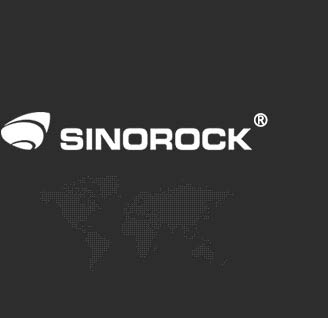How Does Self Drilling Anchor Bolt Work in the Complex Unstable Conditions ?
Time:2024-12-14From:sinorock View:
Introduction
In geotechnical engineering and tunneling, stabilizing structures in complex and unstable geological conditions is a critical challenge. Self-drilling anchor bolts have emerged as a robust solution to support such projects effectively. These systems, capable of simultaneous drilling and grouting, are indispensable in overcoming challenges posed by soft, fractured cover layers and hard rock formations. This article explores the working mechanism of self-drilling anchor bolts in unstable conditions, leading you to learn that together with specific project cases managed by Sinorock.
Understanding Complex Geological Conditions
Unstable geological formations are often characterized by a mix of soft, loose materials and hard, fractured rock. Such conditions can:
- Cause boreholes to collapse during drilling.
- Impede the placement of conventional anchor systems.
- Demand specialized techniques to ensure construction stability and safety.
For example, soft alluvial deposits and loose glacial accumulations are prone to collapse, whereas hard rock layers such as basalt and limestone demand tools with high wear resistance.
The Role of Self-Drilling Anchor Bolts
These bolts are a unique support system designed to stabilize structures in challenging conditions. Their features include:
- A hollow core bolt allowing for simultaneous drilling, grouting and anchoring.
- Customed drill bits for choice capable of penetrating diverse geological materials.
- Versatility to adapt to varying project needs, such as slope stabilization, tunneling, and foundation support.

Compared to traditional mortar bolts, these self-drilling anchor systems eliminate the risk of borehole collapse and offer enhanced construction speed and efficiency.
Case Study: Left Bank Shaft Project of a Hydropower Station
.jpg)
Geological Profile and Challenges
The geological conditions of the left bank shaft project of a hydropower station are very complicated. The geological conditions of the overburden layer from top to bottom are:
- 24–33m: Alluvial deposits, mainly composed of gravel and clay, loose, broken, and easy to collapse.
- 42–55m: Glacial deposits, mainly sandwiched by basalt fragments composed of breccia sand, which has poor self-stability and is easy to collapse.
- 36–51m: Ancient landslide accumulation, mainly composed of sand shale and limestone fragments, and the rock is relatively hard.
Initial Testing and Limitations
The project tested multiple methods:- Ordinary mortar bolts: After the ordinary mortar bolt was used to form a hole, the borehole collapsed and the bolt could not be carried out.
- Pipe shed grouting: Effective but costly and slow.
- Self-drilling hollow anchor bolts: Although the cost is high, successfully meets stability and efficiency requirements.
The self-drilling anchor system allowed simultaneous drilling, grouting, and anchoring, saving time and maintaining high construction quality, even in these challenging conditions. Moreover, the design of a certain downward inclination angle during the construction of the anchor rod can play the role of advanced consolidation and grouting, which is conducive to the next cycle of construction and can meet the requirements of construction quality and safety requirements, while saving time compared with pipe shed construction, it was finally decided to use self-drilling anchors for construction.
Construction Process Using Self-Drilling Anchor Bolts
Equipment Selection
The project required:- Crawler bolt drills for narrow space adaptability and ease of operation.
- Drill bits with high strength and wear resistance to penetrate hard rock. Initially, inline bits were used, but they wore out quickly. High-strength alloy cross-shaped bits improved efficiency.
Step-by-Step Construction
1. Site Preparation: Ensuring a stable work surface and determining drilling positions.2. Drilling and Grouting: Performed simultaneously to prevent borehole collapse.
3. Anchor Installation: Adjusting the inclination angle for advanced consolidation.
4. Quality Assurance: Regular checks to ensure stability and adherence to project requirements.
Advantages of Self-Drilling Anchor Bolts in Complex Conditions
1. Prevention of Borehole Collapse: Simultaneous drilling and grouting stabilize the structure instantly.2. Efficiency: Faster construction compared to traditional methods, saving both time and costs.
3. Durability: High-strength alloy bits reduce wear, lowering the need for frequent replacements.
4. Safety: Enhanced stability ensures safety during and after construction.
Conclusion
Self-drilling anchor bolts have revolutionized construction in complex and unstable geological conditions. Their ability to stabilize structures efficiently, combined with advanced materials and techniques, makes them indispensable in modern geotechnical projects. Sinorock’s expertise in deploying self-drilling anchor systems has set a benchmark for quality and innovation, hoping to lead the way for safer and more efficient construction methods worldwide.
latest news
-
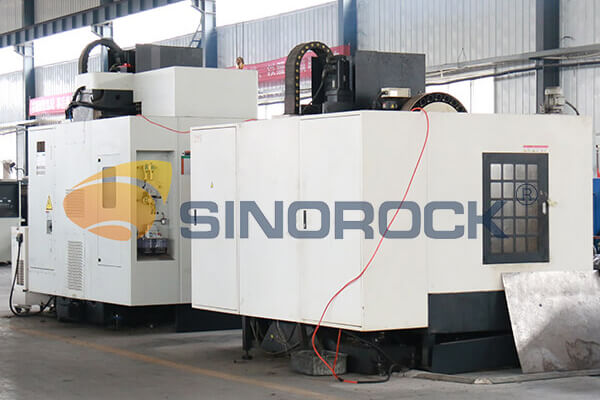
- 3 Crucial Factors That Impact the Quality of Self-Drilling Hollow Bolts
- Time:2025-01-26From:This Site
- As we all know, the quality of the self-drilling hollow bolts is vital to the whole project. It determines if the project is safe for the people in future use. Then, what will affect the quality of the self-drilling hollow bolts?
- View details
-

- Self-Drilling Anchor Bolt Construction in Complex Geological Slope
- Time:2025-01-24From:This Site
- During construction, Self-drilling hollow anchor bolt integrates drilling, grouting and anchoring functions, which significantly improves drilling efficiency. And under the action of pressure pump, the grouting in the rock strata and voids is full, which ensures the grouting thickness and anchoring effect.
- View details
-
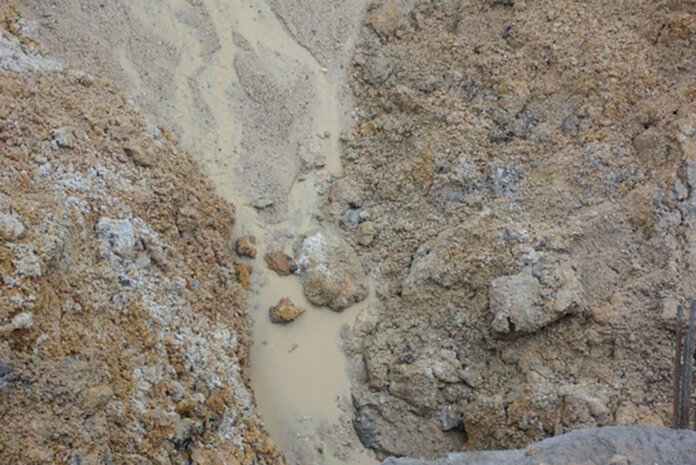
- How Does Self-drilling Rock Bolt Drill in Quicksand Geological Condition?
- Time:2025-01-19From:This Site
- This in-depth guide explores how self-drilling rock bolts function in quicksand geological conditions, covering the challenges, construction methods, and best practices for ensuring effective anchorage in unstable, fluidic soil layers.
- View details
-
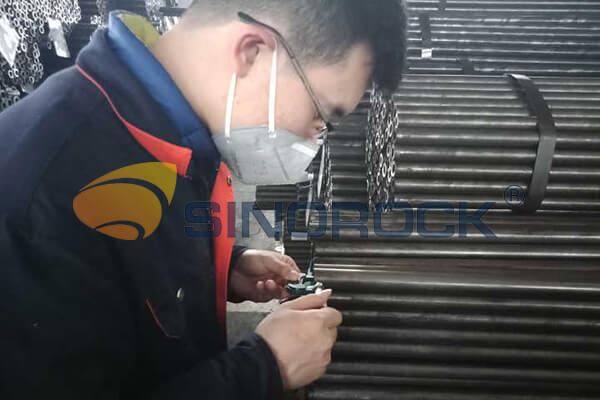
- Quality Control: the Vital Factor of A SDA Bolt Factory
- Time:2025-01-09From:This Site
- Sinorock’s comprehensive quality control system, from supplier management to outgoing inspections, ensuring the highest standards for self-drilling anchor bolts in construction.
- View details
-
.png)
- International Women's Day with Strawberry-picking
- Time:2024-03-09From:This Site
- Marked the annual observance of International Women's Day, and to commemorate this significant event, Sinorock organized a special strawberry-picking event exclusively for its female employees.
- View details
-

- Celebrate the 74th anniversary of the founding of the People's Republic of China
- Time:2023-10-01From:This Site
- On October 1st every year, we observe the annual National Day, commemorating the birth of our beloved motherland.
- View details
-
.jpg)
- SINOROCK to Attend EXPOMINA PERÚ 2024 in Lima, Peru
- Time:2024-08-10From:This Site
- Sinorock to Attend EXPOMINA PERÚ 2024 in Lima, Peru
- View details
-
.jpg)
- SINOROCK to Participate in MINING AND METALS CENTRAL ASIA 2024
- Time:2024-08-08From:This Site
- SINOROCK to Participate in MINING AND METALS CENTRAL ASIA 2024
- View details
-
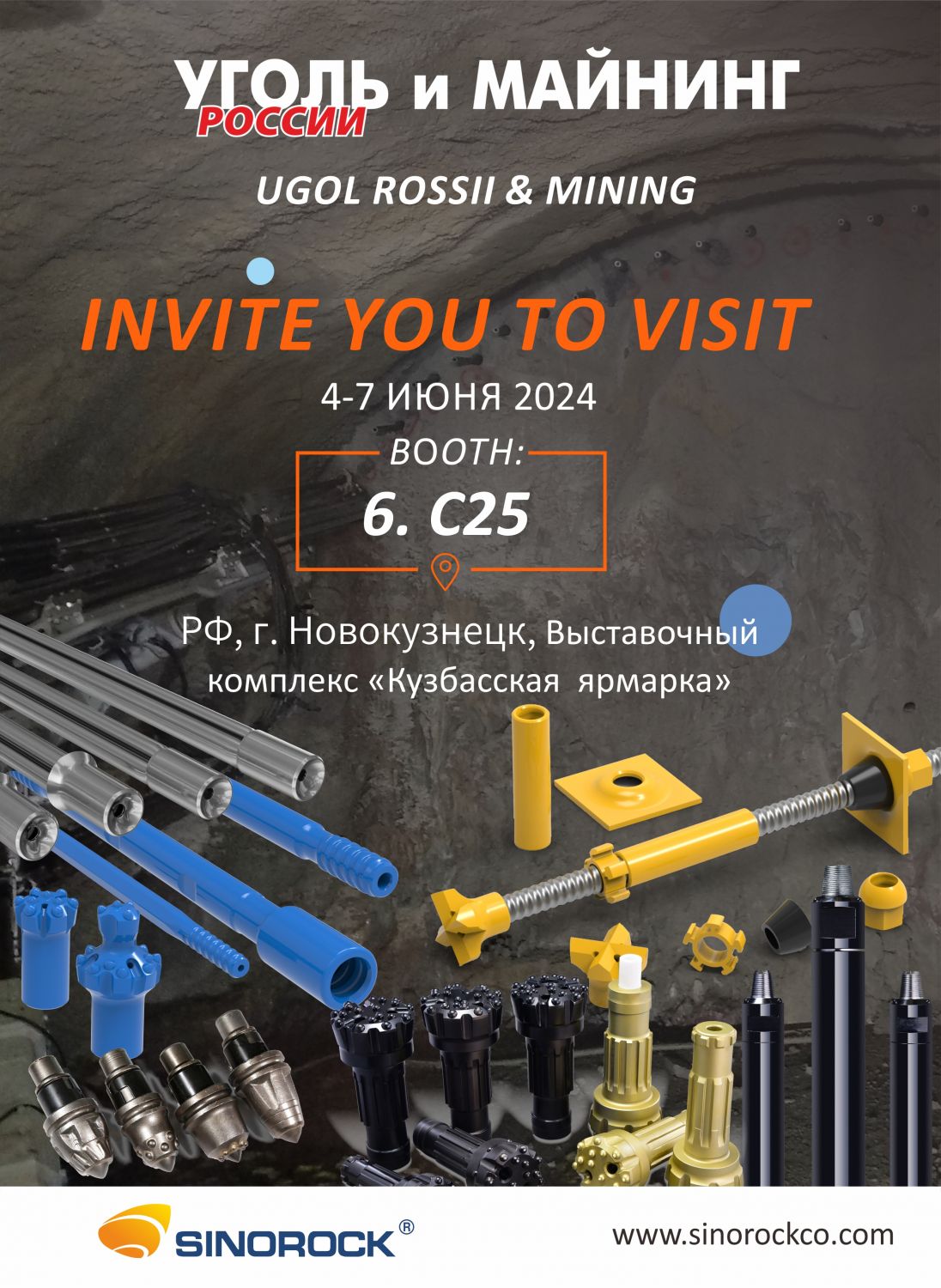
- SINOROCK Gears Up for UGOL ROSSII & MINING 2024 with Custom Mining Solutions
- Time:2024-05-15From:This Site
- SINOROCK is thrilled to announce its participation in the highly anticipated 32nd International Trade Fair for Mining Technology, UGOL ROSSII & MINING 2024. The event will take place at the Exhibition complex "Kuzbass Fair" in Novokuznetsk, Kemerovo region - Kuzbass, Russia, from June 4th to 7th, 2024.
- View details
 Download
Download 

